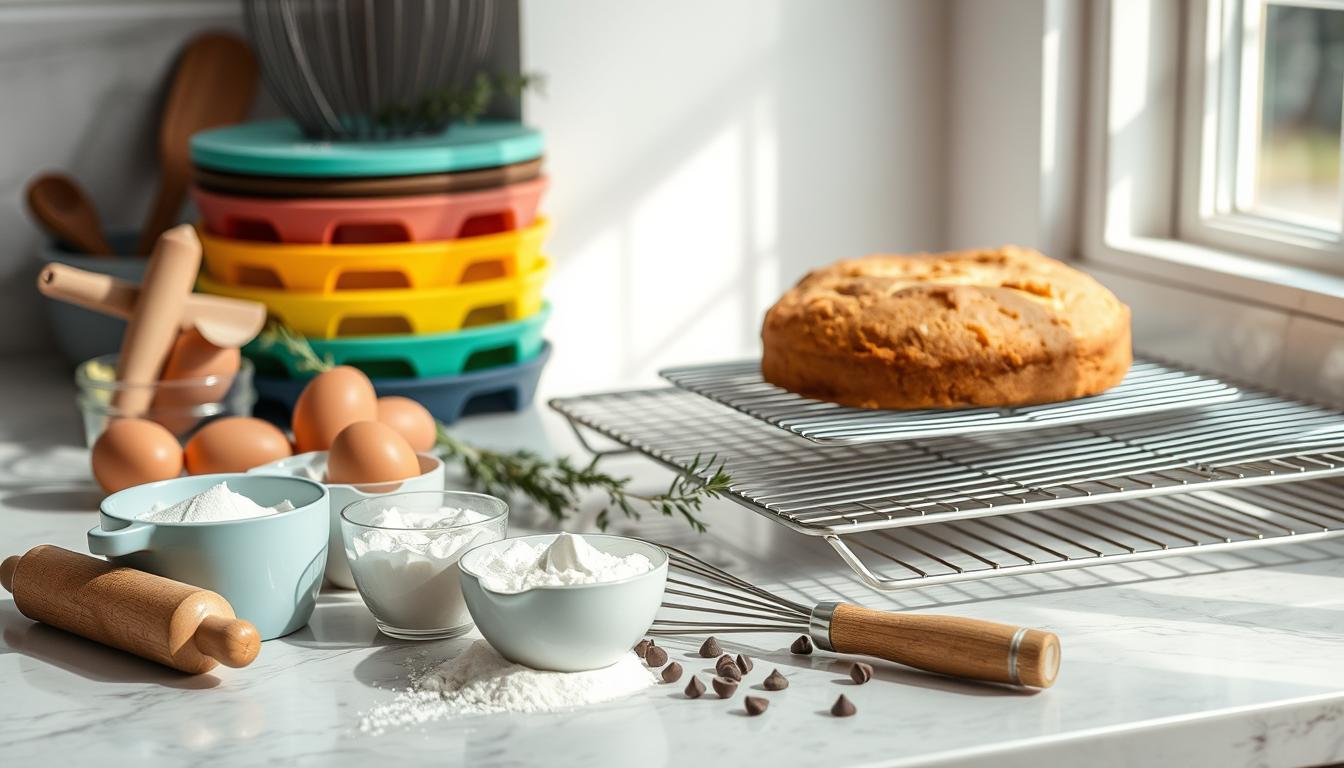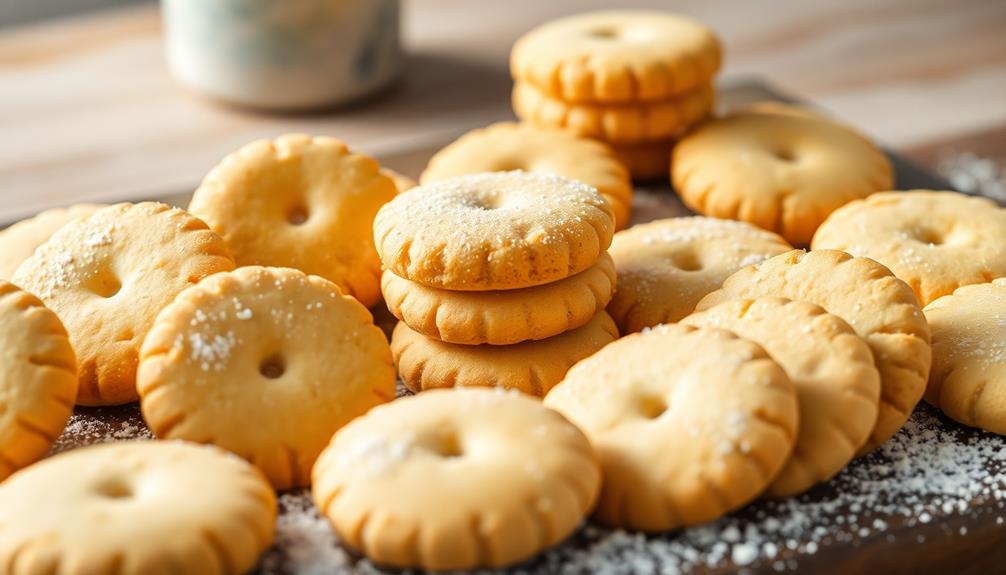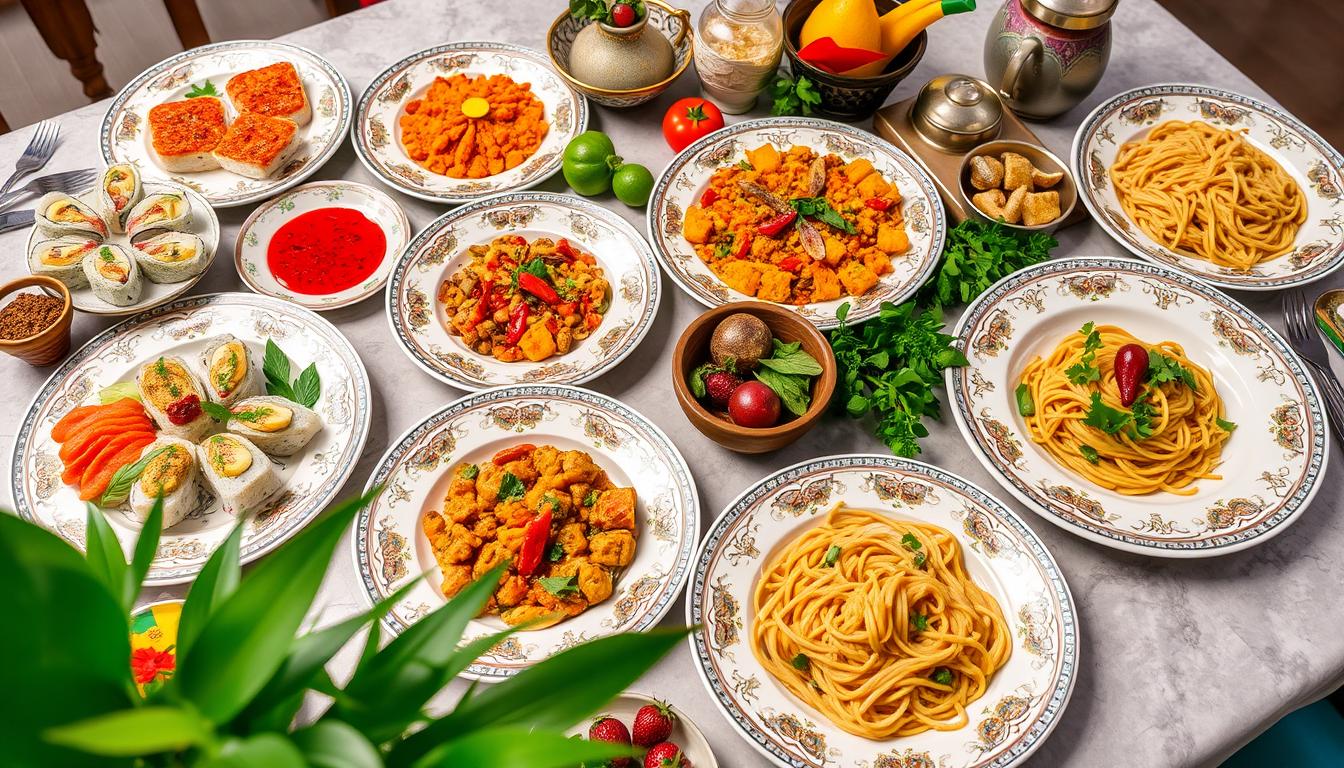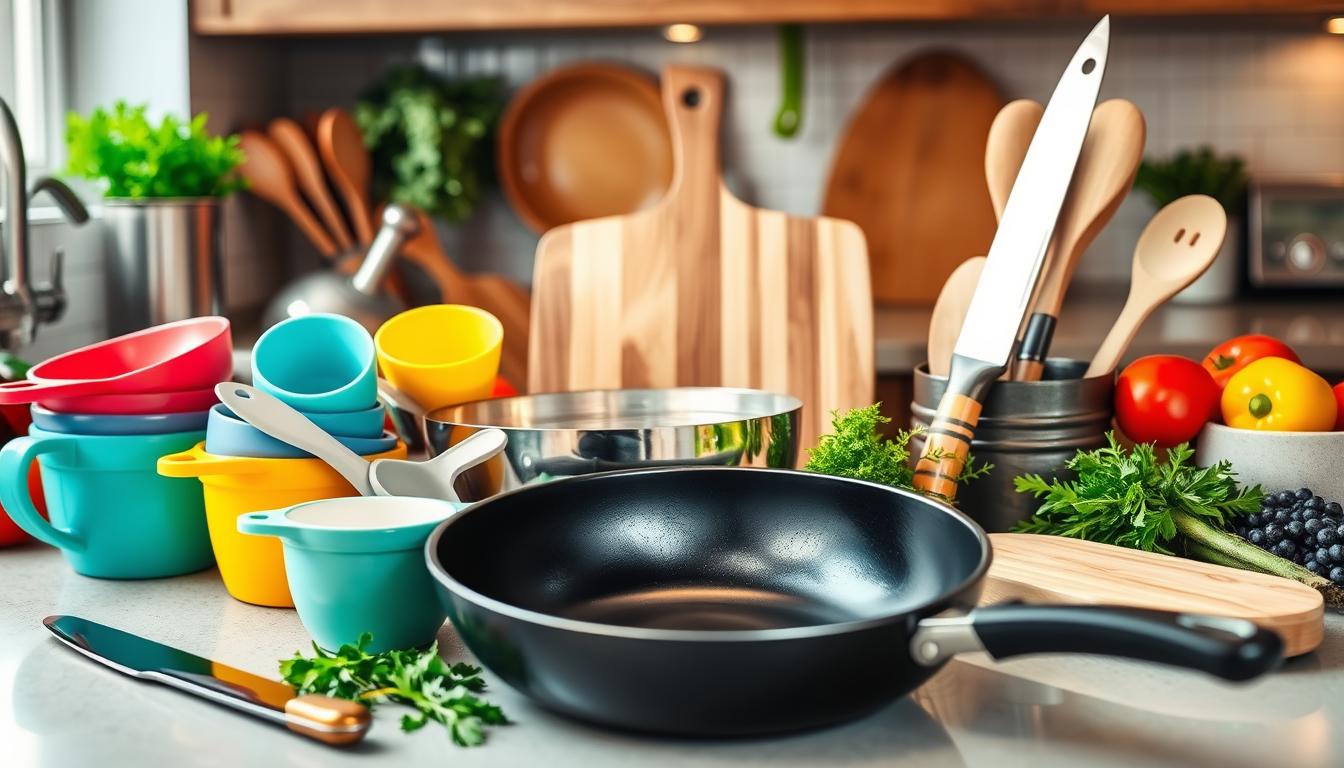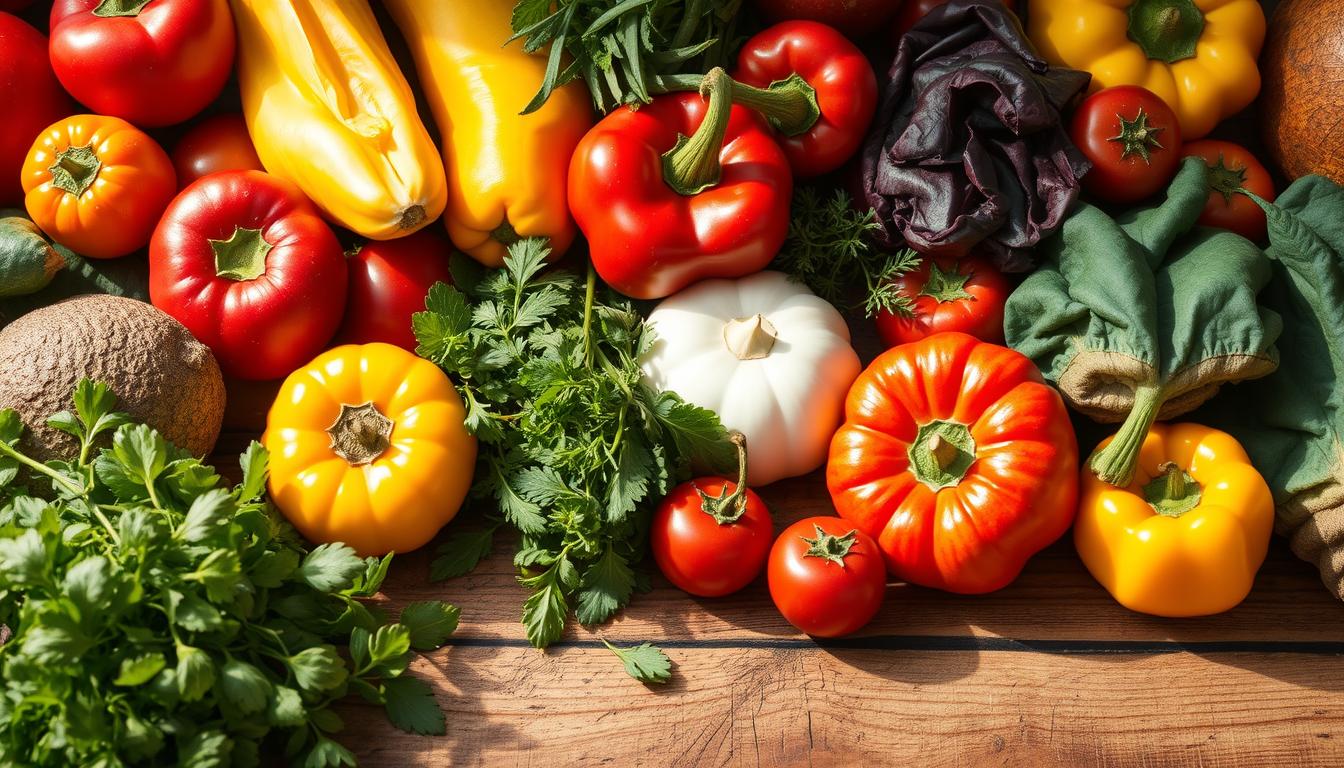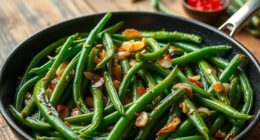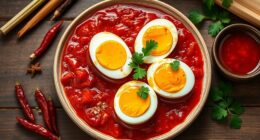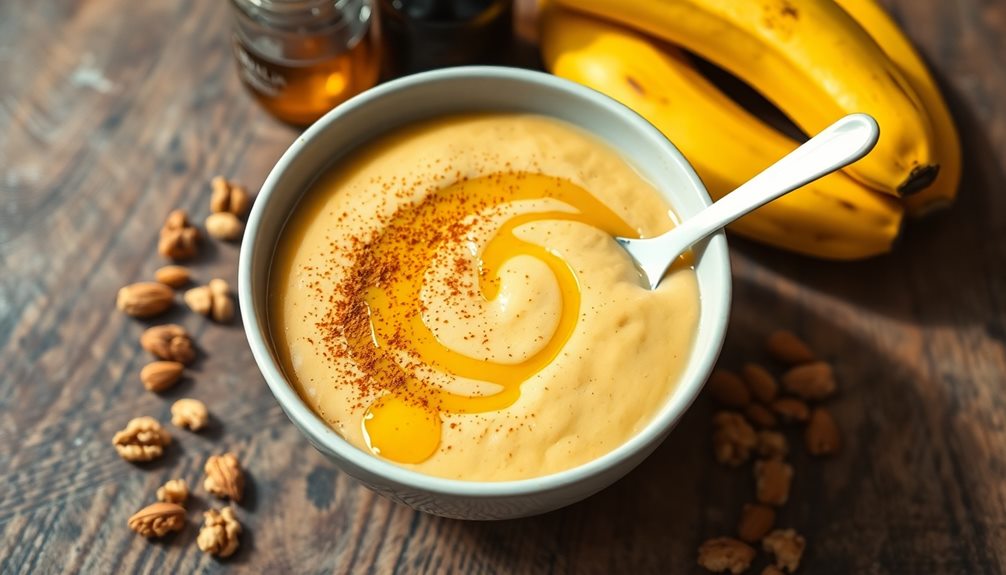There’s a special magic that unfolds in the kitchen when you whip together your favorite ingredients, each stir and fold infused with your imagination and love. Remember the first time you smelled the sweet aroma of cookies baking in the oven? That moment is what turns beginners into passionate bakers, and it’s the transformative journey we’re embarking on today. As you explore this world of baking tips and tricks, think of each measurement, ingredient, and technique as stepping stones toward a splendid creation. With the right expert baking advice at your fingertips, you will gain the confidence needed to elevate your skills.
Mastering the fundamentals is crucial, but it’s the little insights and refined techniques that will set your baked goods apart. Whether you’re learning how to measure accurately, understanding the science behind ingredients, or perfecting your timing, this guide is here to equip you with all the top baking tips you need for irresistibly delicious results. By the end of our journey, you’ll have the tools necessary to turn your baking endeavors into scrumptious masterpieces, where every bite is a moment to savor.
Key Takeaways
- Understanding proper ingredient temperatures is key to achieving the desired texture.
- Learning the importance of creaming sugar and fat can create light, fluffy baked goods.
- One egg at a time ensures a well-mixed batter that retains air for leavening.
- Chilling dough allows for better shape retention and enhances flavors.
- Investing in a kitchen scale ensures precise measurements for consistent results.
- Proper oven preheating is essential for baking success.
- Experimenting with different bakeware materials can alter baking times and results.
Understanding the Art of Baking
Baking is much more than following a recipe; it involves a delicate balance between science and creativity. Mastering baking secrets enhances your understanding of chemical reactions, which plays a vital role in achieving the perfect texture and flavor in your baked goods. Utilizing the best baking techniques, you can explore a range of delicious products, from cakes and tarts to focaccia and meat pies. Creativity allows you to add personal touches to your creations, making them uniquely yours.
Balancing Science and Creativity
Understanding the scientific principles behind baking can significantly improve your results. For instance, knowing the role of leavening agents and emulsions helps achieve the desired rise and texture in cakes. Familiarity with essential techniques such as the creaming method or folding enables you to incorporate air into your mixtures effectively, contributing to the lightness of your baked goods. The importance of accuracy in measuring ingredients cannot be understated; weight measurements often provide better consistency than volume measurements.
The Journey from Amateur to Pro Baker
Transitioning from an amateur baker to a professional requires practice and a willingness to experiment. Many successful bakers stress the value of observing their techniques closely and learning from failures. Engaging in courses offered by culinary schools, like the Auguste Escoffier School of Culinary Arts, can deepen your understanding of baking fundamentals, including temperature control and proper ingredient preparation. Embrace baking hacks like using parchment paper instead of butter and flour to create a better rise, or the technique of blind baking pie crusts to ensure they don’t become soggy.
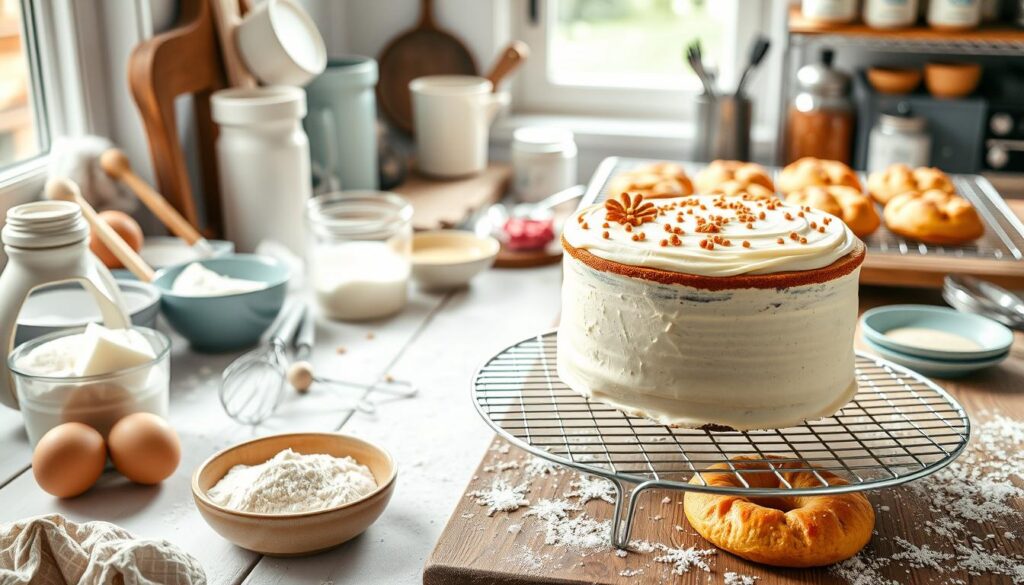
| Baking Technique | Purpose | Key Ingredients |
|---|---|---|
| Creaming Method | To incorporate air into the batter | Butter, sugar |
| Folding | To combine ingredients without deflating | Whipped cream, egg whites |
| Kneading | To develop gluten structure | Flour, water |
| Blind Baking | To partially bake crusts | Tart dough |
| Melting Chocolate | To ensure smooth consistency | Chocolate |
Baking Tips and Tricks: Essential Techniques
Diving into baking can be both exciting and intimidating. Mastering the basics is crucial to building confidence in the kitchen. Familiarizing yourself with essential baking tricks sets the stage for delicious results. Understanding common baking terminology provides clarity, making the process smoother for both novice and experienced bakers alike.
Mastering the Basics of Baking
Accurate measurements are vital in achieving the desired texture and flavor in your baked goods. An important aspect of easy baking tips involves understanding how flour can vary in volume by several ounces. This difference may lead to dryness in your final products if not addressed properly. Utilizing high-quality ingredients—like King Arthur Flour and Land O’ Lakes butter—can significantly elevate your baking. Consider investing in durable tools; a good quality 5-quart Kitchen-Aid mixer can last for decades, proving to be a reliable companion in your baking journey.
- Allow refrigerated ingredients to come to room temperature for optimal mixing.
- Let dough rest for 24 hours in the fridge for specific cookies to amplify flavor.
- Use an oven thermometer to ensure your baking temperature is just right.
- Select the right pan size to achieve even baking and prevent burning.
- Check doneness of baked treats with a toothpick—if it comes out clean, your treat is ready.
- Cool baked goods on a wire rack before frosting for the best results.
Common Baking Terminology Explained
Understanding baking terminology simplifies the learning process and allows you to follow recipes with ease. Here’s a quick guide to some common terms:
| Term | Description |
|---|---|
| Whip | To beat ingredients rapidly to incorporate air, increasing volume. |
| Fold | To gently combine ingredients, preserving air and volume. |
| Proof | The resting period for yeast dough allowing it to rise. |
| Cut in | To mix fat into dry ingredients until the mixture resembles coarse crumbs. |
| Grease | To apply fat to pans to prevent sticking. |
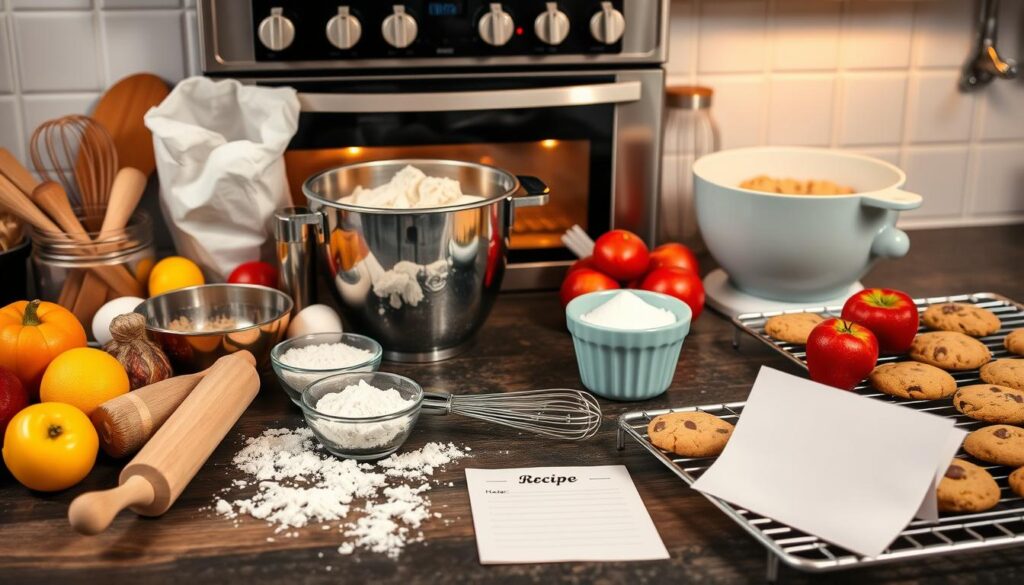
These basic techniques and terminology enhance your baking experience, paving the way for future culinary adventures. Keep experimenting with various recipes and techniques sure to refine your skills and boost your confidence.
Reading Recipes for Success
Understanding how to read recipes is vital for baking. Thoroughly reviewing recipes before you start allows you to identify essential elements, ensuring that you have all ingredients and tools on hand. This preparation amplifies your chances of success while minimizing the risk of common errors.
Importance of Thorough Recipe Review
Prior to beginning any baking project, scan the entire recipe from start to finish. This step is crucial in familiarizing yourself with the best baking techniques and how each ingredient interacts. Recipes typically list ingredients in the order they will be used, which aids in grasping the overall structure. Each set of instructions often follows a comma with specific actions or temperature guidelines, guiding your process more clearly.
Identifying Key Steps and Timing
Pay attention to detailed techniques mentioned, like packing brown sugar or properly softening butter. These nuances are significant in achieving the desired results. Recipes usually provide a timeframe for cooking, with ranges such as 8 to 10 minutes for specific items. Descriptive indicators like color, smell, and even a knife test serve as common baking terminology that helps you determine the doneness of your baked goods. As you take note of these details, consider annotating recipes with your insights. Video tutorials can also be invaluable in illustrating complex instructions, further supporting your baking journey alongside essential baking tips and tricks.
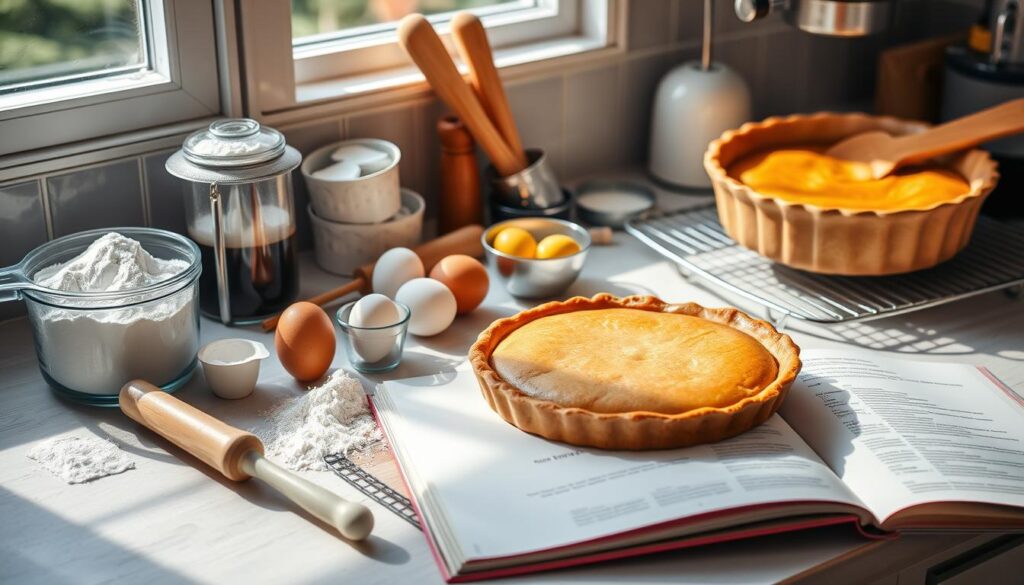
Precision in Measuring Ingredients
Accurate measurements play a critical role in baking success. Investing in a good kitchen scale can transform your baking experience. Many bakers may underestimate how variations in measurement can lead to significant differences in their baked goods. With expert baking advice, you can ensure that every recipe turns out as expected by mastering common measuring techniques.
Investing in a Good Kitchen Scale
A quality digital kitchen scale is an essential tool in any baker’s arsenal. Unlike traditional measuring cups, which can vary in volume, a scale provides precise measurements that guarantee consistency. For instance, incorrectly measuring flour can lead to using up to 50% more than needed, negatively affecting texture and flavor. By weighing ingredients in grams, you will achieve better results, especially when using recipes that provide measurements in both grams and US cups.
Common Measuring Techniques
Employing effective measuring techniques enhances the quality of your baked goods. Here are some practical tips:
- For flour, spoon it into a measuring cup, then level it off with a knife for accuracy.
- Sugar should be scooped until overflowing for a proper amount.
- Brown sugar can be packed into the measuring cup, which creates a denser measurement.
- When using confectioners’ sugar, implement the spoon and level method to avoid excess.
- Cocoa powder should be sifted if specified in the recipe to prevent clumps.
- Liquid ingredients like milk or water must be measured at eye level for precision.
For semi-liquid ingredients such as yogurt, using a dry measuring cup works best. You can measure butter conveniently in sticks or a dry measuring cup, depending on your preference. For add-ins like chocolate chips, precise measuring is less critical to the structure of your baked creation.
| Measurement Type | US Cups | Grams (approx.) |
|---|---|---|
| All-Purpose Flour | 1 cup | 120 g |
| Granulated Sugar | 1 cup | 200 g |
| Brown Sugar (packed) | 1 cup | 220 g |
| Cocoa Powder | 1 cup | 100 g |
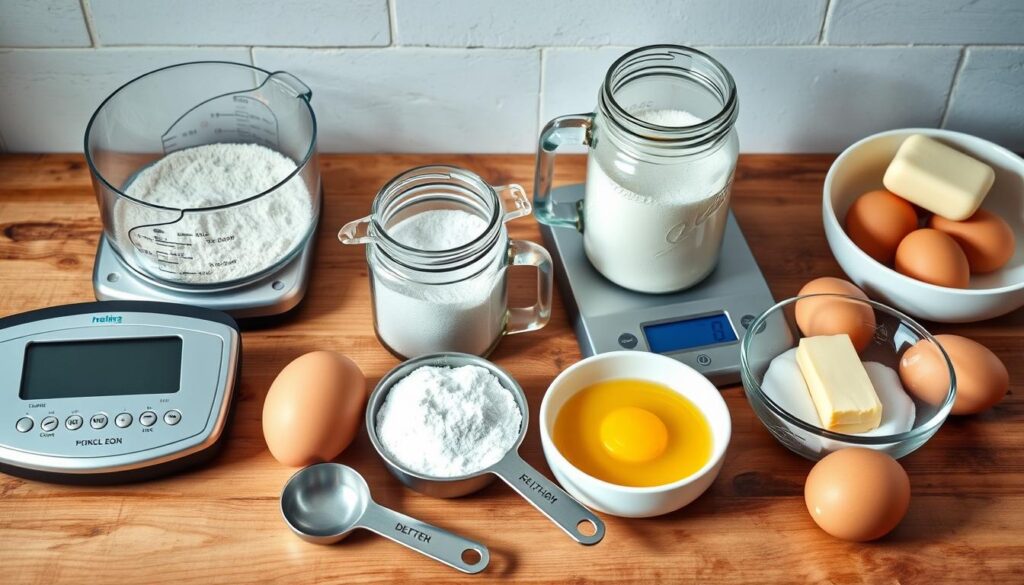
Remember that utilizing conversion calculators can be extremely helpful if a recipe does not include measurements in grams. Using the correct measuring techniques equips you with the power to bake with confidence, ensuring your creations are successful and enjoyable.
Room Temperature Ingredients: Why They Matter
Using room temperature ingredients can significantly enhance your baking endeavors. This practice ensures better mixing, emulsification, and aeration, all crucial for achieving that perfect texture. The difference between cold and room temperature ingredients can substantially impact the outcome of baked goods, making this baking hack an essential part of all expert baking advice.
How to Quickly Achieve Room Temperature
Bringing ingredients to room temperature doesn’t have to be a lengthy process. Here are some effective methods:
- For butter, cut it into small cubes. This increases surface area, allowing it to soften faster, typically within 15-20 minutes.
- Microwaving butter in short bursts can also speed up the softening process. Be cautious to avoid melting.
- To quickly warm eggs, submerge them in warm tap water for about 15 minutes. This is a simple method to mitigate the risk of curdled batter.
Importance of Emulsification and Leavening
Room temperature ingredients promote effective emulsification, which helps trap air during the mixing process. This is vital for producing light and fluffy baked goods. For example, when butter is at room temperature, it can incorporate air more efficiently, resulting in superior buttercream frostings and cakes with an even texture. Cold eggs can lead to a hardened fat mixture, disrupting this process. Using room temperature eggs ensures optimal aeration, further improving the structure and texture of your treats.
Many experts agree that achieving room temperature, typically around 20°C (70°F), is key for a successful bake. This principle applies not only to butter and eggs but also to other dairy ingredients like crème frâiche, soured cream, and milk. These ingredients combine better when at the same temperature, creating a smoother batter and diminishing the risk of uneven baking outcomes.
In summary, by embracing these baking secrets and hacks, you will elevate your baking skills and enhance the deliciousness of your creations.
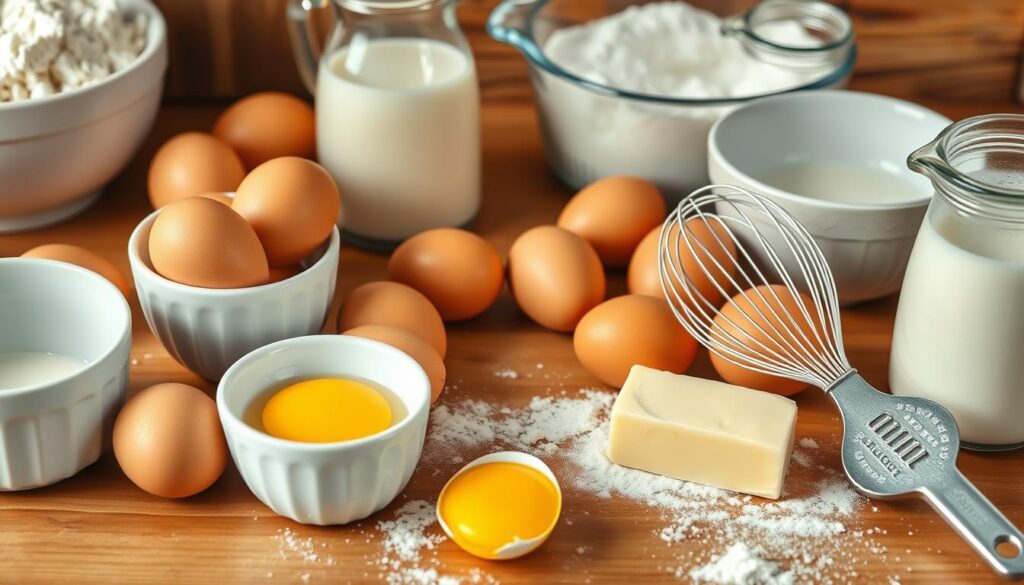
| Ingredient | Room Temperature Time | Benefits |
|---|---|---|
| Butter | 15-20 minutes | Softer texture, better mixing |
| Eggs | 30-60 minutes (or 15 minutes in warm water) | Improved aeration, even mixing |
| Dairy (milk, creams) | 30-60 minutes | Enhanced emulsion, smoother batter |
Preheating the Oven for Perfect Results
Preheating your oven plays a significant role in achieving the best baking outcomes. This process ensures that your baked goods receive consistent heat right from the start, which is vital for flavor and texture. Ignoring this crucial step can lead to disappointing results, making it essential to incorporate expert baking advice into your routine.
Why Your Oven’s Temperature Matters
Understanding the optimal temperature for baking is a foundational element in the kitchen. Precise oven temperatures affect how your goods rise, cook, and ultimately taste. Many baking tips and tricks suggest preheating the oven to the desired temperature before placing your items inside. Recommended preheating times include:
- 8-10 minutes for temperatures ranging from 160-180 degrees Celsius.
- An additional 4-5 minutes when baking at temperatures higher than 200 degrees Celsius.
Using these guidelines helps promote even heat distribution, reducing the chance of encountering cold spots, especially when baking delicate items. For instance, cakes and muffins often rise better and have superior textures when added to a well-preheated oven. Cold-oven methods, where certain goods like fruit pies and cakes are started without preheating, can yield moist and beautifully browned results. Yet, for biscuits and scones, beginning in a cold oven might lead to less desirable textures.
Utilizing an Oven Thermometer
To ensure your oven’s temperature accuracy, using an oven thermometer is one of the most effective baking hacks. Many home ovens may display inaccurate internal temperature readings. An oven thermometer provides reliable information, allowing you to make necessary adjustments for perfect baking results. This tool is especially useful for high altitude baking, where adjustments of 15°F to 25°F might be needed and baking times shortened.
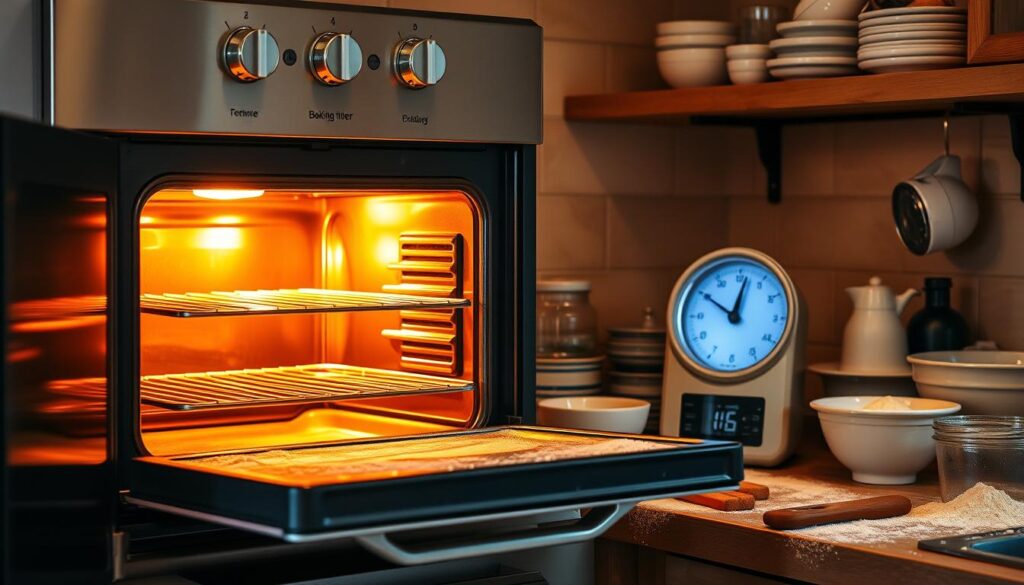
Incorporating these practices into your baking routine enhances outcomes significantly. Taking the time to preheat your oven correctly not only aligns with expert baking advice but also elevates your overall baking experience. The right temperature can make all the difference in achieving the perfect baked good every time.
Choosing the Right Bakeware
Selecting the right bakeware is crucial for achieving the best baking techniques. Each material offers unique properties that can influence bake times, crust color, and overall results. Understanding these differences can help you apply essential baking tricks to elevate your creations.
Understanding Different Materials
Baking pans come in a variety of materials, each affecting the baking process differently:
- Aluminum and aluminum-steel combinations are popular due to their excellent heat conductivity, ensuring even baking.
- Silicone pans work well for sweet baked goods, as sugar enhances browning.
- Glass, ceramic, and stoneware pans are commonly used but offer less conductivity compared to metal, which can lead to uneven results.
When using a glass pan, remember to reduce the oven temperature by 25°F to achieve optimal results. Always aim for sturdy yet not overly heavy bakeware to facilitate ease of use and handling.
Adjusting Baking Times Based on Bakeware
Consider the following points when adjusting your baking times:
- Light-colored pans promote even baking and prevent burning of crusts, particularly in sweet bread.
- Insulated cookie pans can prevent burning but may cause cookies to dry out.
- Different pans have various sizes; for instance, quick bread pans differ from yeast bread loaf pans, affecting cooking times.
Additionally, the choice of pizza pan impacts heat distribution, and using a covered stone baker can create the perfect crust for hearth-type loaves. Utilizing the correct pan size and material is key for mastering baking secrets, helping you achieve consistent and delicious results.
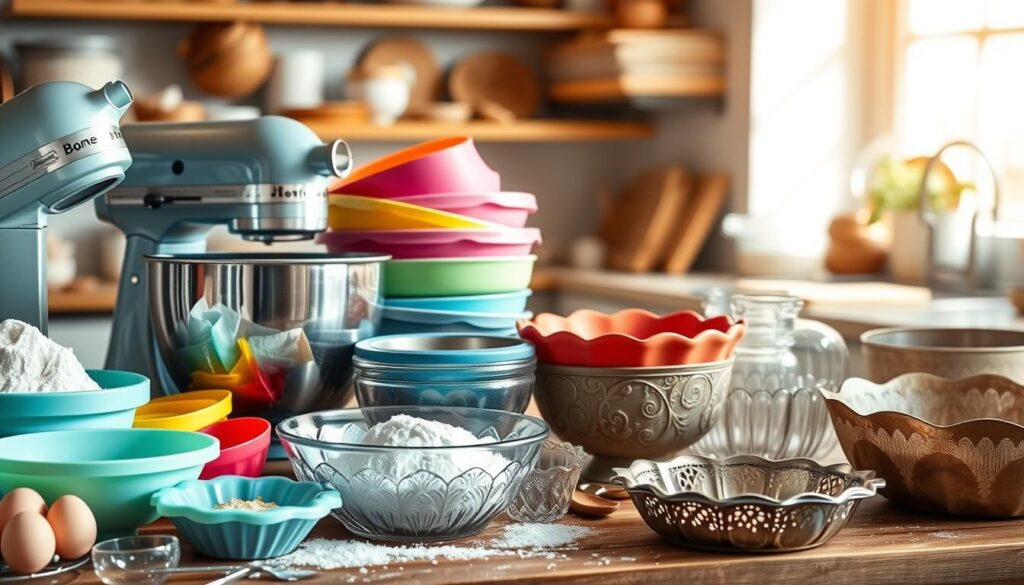
Creative Baking Ideas to Experiment With
Exploring creative baking ideas can transform your kitchen into a delightful experimentation lab. Incorporating flavor and texture variations into your recipes opens up endless possibilities. Engaging with unique ingredients not only adds excitement but also enhances the creative aspect of baking. It’s time to delve into how you can personalize your baked goods and make them truly yours.
Incorporating Flavor and Texture Variations
Consider experimenting with various flavor combinations to elevate your baking. Use fruits such as blueberries, bananas, or peaches to introduce natural sweetness and refreshing tastes. You can also include spices like cinnamon or ginger for a delightful twist. Mixing in nuts such as walnuts or hazelnuts adds a satisfying crunch, while incorporating different textures can keep your desserts exciting. Remember, creative baking ideas stem from your willingness to explore and innovate.
Adapting Classic Recipes to Fit Personal Tastes
Adapting recipes to better reflect your style can be rewarding. Start with a classic cookie or cake and incorporate your favorite flavors. Consider using a citrus-flavored gelatin in cookie recipes for a fun, bright finishing touch. Personal flair shines through when you add unique toppings or intricate decorations. This not only boosts the visual appeal but also lets your individuality shine through every bite. Embrace the chance to turn unexpected outcomes into creative opportunities. Each baking session has the potential to elevate your skills with expert baking advice and thoughtful experimentation.

Conclusion
As you delve deeper into your baking journey, remember that mastering the essential baking tricks shared throughout this guide will significantly elevate your skills. From the vital importance of using room temperature ingredients to understanding the distinctions between vanilla products, each element contributes to your baking success. Consistency can be achieved by diligently following expert baking advice and embracing the creativity that baking offers.
By applying these baking tips and tricks, you can transform your kitchen into a space where delicious, bakery-quality treats come to life. Whether you’re crafting a delicate meringue or experimenting with flavor combinations, the precision and techniques discussed help you to navigate any baking challenge. Always keep in mind the significance of mindset and planning, as they are cornerstones of an effective baking practice.
Your baking adventures await! Utilize these insights and continue exploring the vast world of baking. With each whisk, fold, and sprinkle, you’re on your way to creating unforgettable culinary masterpieces that will delight your family and friends.
